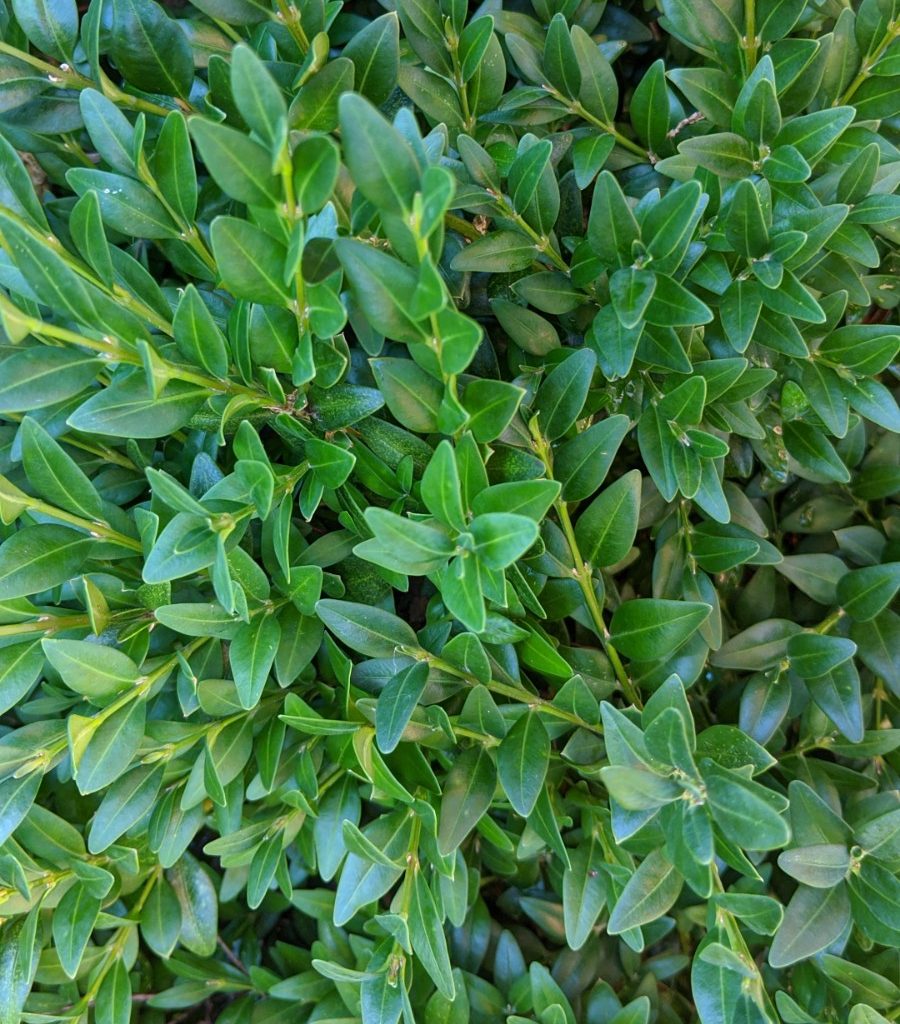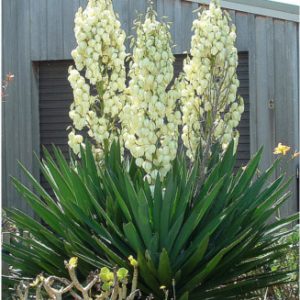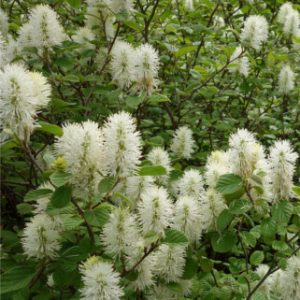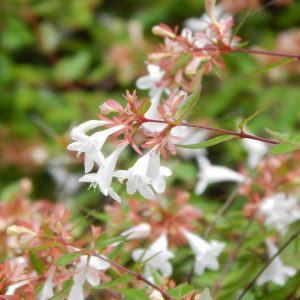Common Box
| Qty | 1 | 5 | 10+ |
| Price per Plant | $22.50 | $7.00 | $6.00 |
Out of stock
Buxus sempervirens
Often referred to as the “rich man’s hedge” or “man’s oldest garden ornament,” the Common Box (also call European Boxwood, American Boxwood, or simply Boxwood) first arrived to American landscapes in 1653 in New York. Prized for its consistency of habit and tolerance to shaping and pruning, the Common Box is believed to have gotten its name from its use in the wooden box manufacturing industry where it was the primary raw material source. The plant is originally native to western and southern Europe, northwest Africa, and southwest Asia. It is prized most for its use as low maintenance landscape hedge plants. Additional information regarding pruning, fertilizing, concerns, and general care can be found at The American Boxwood Society website.
| Classification | |
|---|---|
| Diseases & Insects | Some susceptibility to blights and leaf spot. Root rot can also be a problem in poorly-drained soils. The three main insect pests of boxwoods are boxwood leafminer, boxwood mite and boxwood psyllid. In the deep South, nematodes are of concern. |
| Family | Buxaceae |
| Flowers | Inconspicuous, apetalous flowers in axillary clusters; pale green to yellow to creamy white; flowers appear between April and May; fruit is a dehiscent capsule (to 1/3" long) that matures to brown |
| Growth Rate | |
| Hardiness Range | zone 5a – 8b *need help finding your hardiness zone? |
| Leaves | Small, elliptic, oblong leaves 0.5" to 1.5" long; simple, opposite, smooth-margined and evergreen; leaves are dark glossy green above and yellowish-green below |
| Plant Type | |
| Primary Features | |
| Size | 5-15 feet tall at maturity with 5-15 foot spread; highly trainable to most any size or shape; if left as naturally occurring tree-shape, it achieve heights between 20 – 30 feet |
| Sun Requirement |
What am I buying?
We sell Common Box as rooted cuttings. Taken from Wikipedia, “a plant cutting is a piece of a plant that is used in horticulture for vegetative (asexual) propagation. A piece of the stem or root of the source plant is placed in a suitable medium such as moist soil. If the conditions are suitable, the plant piece will begin to grow as a new plant independent of the parent, a process known as striking.” Put more simply, a rooted cutting is a small clone of the specimen from which it was taken. As a genetically identical clone, the cutting shares all the characteristic traits and attributes of the cultivated variety. Our rooted cuttings are 3-6 months old and 4-8 inches in stem length above the soil line. They are clipped from our private stock plants and grown in root pruning trays at our temperature controlled greenhouse.
When are plants collected?
Once your order is placed, your plants will be collected as soon as the weather permits. This time-frame is normally within 3-7 days. During heavy order periods (April-May), this collection time can grow to 10-14 days.
How are plants shipped?
All shipments are mailed via USPS Priority Mail using PirateShip.com. We monitor national weather conditions and temperatures for shipments. If at any time your order must be delayed for weather concerns, we will contact you by phone and/or email. The day that your order is completed or partially shipped, you will receive an email containing your package tracking number. You can also find this updated information by logging into your account on our website.




